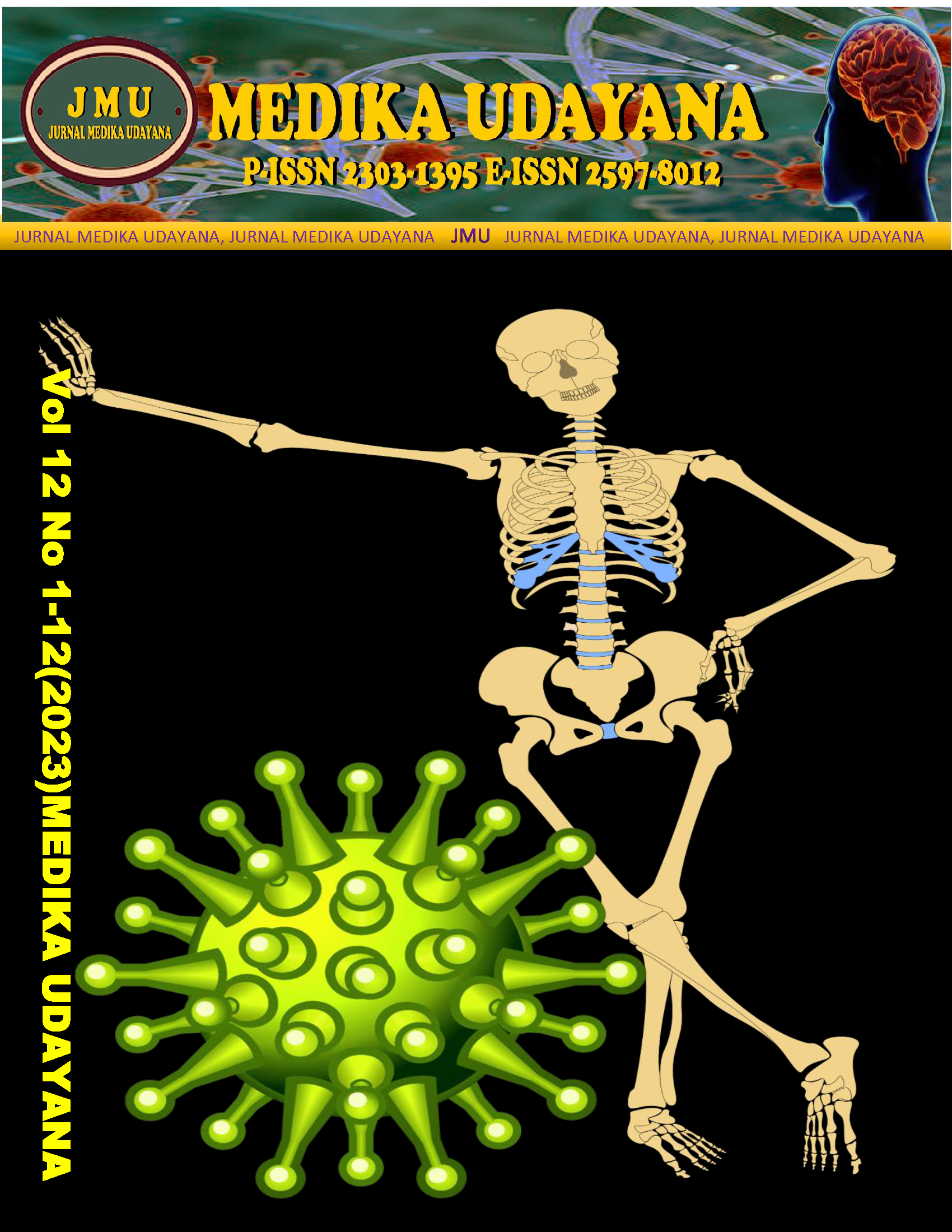THE EFFECT OF TOPICAL CREAM OF MORINGA LEAF EXTRACT ON SKIN MOISTURE EXPOSED TO ULTRAVIOLET B
Moringa leaf (Moringa oleifera), skin moisture, wistar rat, antioxidant
Abstract
Exposure to UV light as an inducer of ROS will damage lipid macromolecules, proteins, and DNA. Lipids as a layer that prevents evaporation of the skin will lose the ability to hold water evaporation due to excessive UV exposure for a long time so that the impact on the skin will look dry due to an increase in transepidermal water loss (TEWL) so that the water content in the stratum corneum (SC) decreases. Adverse effects on the skin caused by free radicals such as dry skin can be overcome with several active ingredients contained in Moringa leaf extract (Moringa oleifera) which contain flavonoids and other active ingredients. This study aims to analyze the effect of Moringa (Moringa oleifera) leaf extract cream with concentrations of 5%, 10%, and 20% on moisture in rat skin exposed to UV light. This study used a randomized pre-test and post-test pattern on 30 male Wistar rats which were split up randomly into 5 groups. The moisture value of the rat skin was measured to find the moisture value before treatment (pre-test) using a skin analyzer 24 hours after shaving. The group will be divided into control, base cream, Moringa leaf extract cream with a concentration of 5%, 10%, and 20%. The cream will be applied 20 minutes before and 4 hours after exposure to UVB rays. Response to therapy was measured using a skin analyzer 24 hours after 2 weeks of irradiation in the 5 groups. Data analysis used the Wilcoxon, Kruskal-Wallis, and Mann-Whitney tests. Based on data analysis of the mean skin moisture value, no significant difference was found between the pretest and posttest, but the post-test data between concentration groups showed significant results as measured using the Kruskal Wallis test and the Mann-Whitney test.











